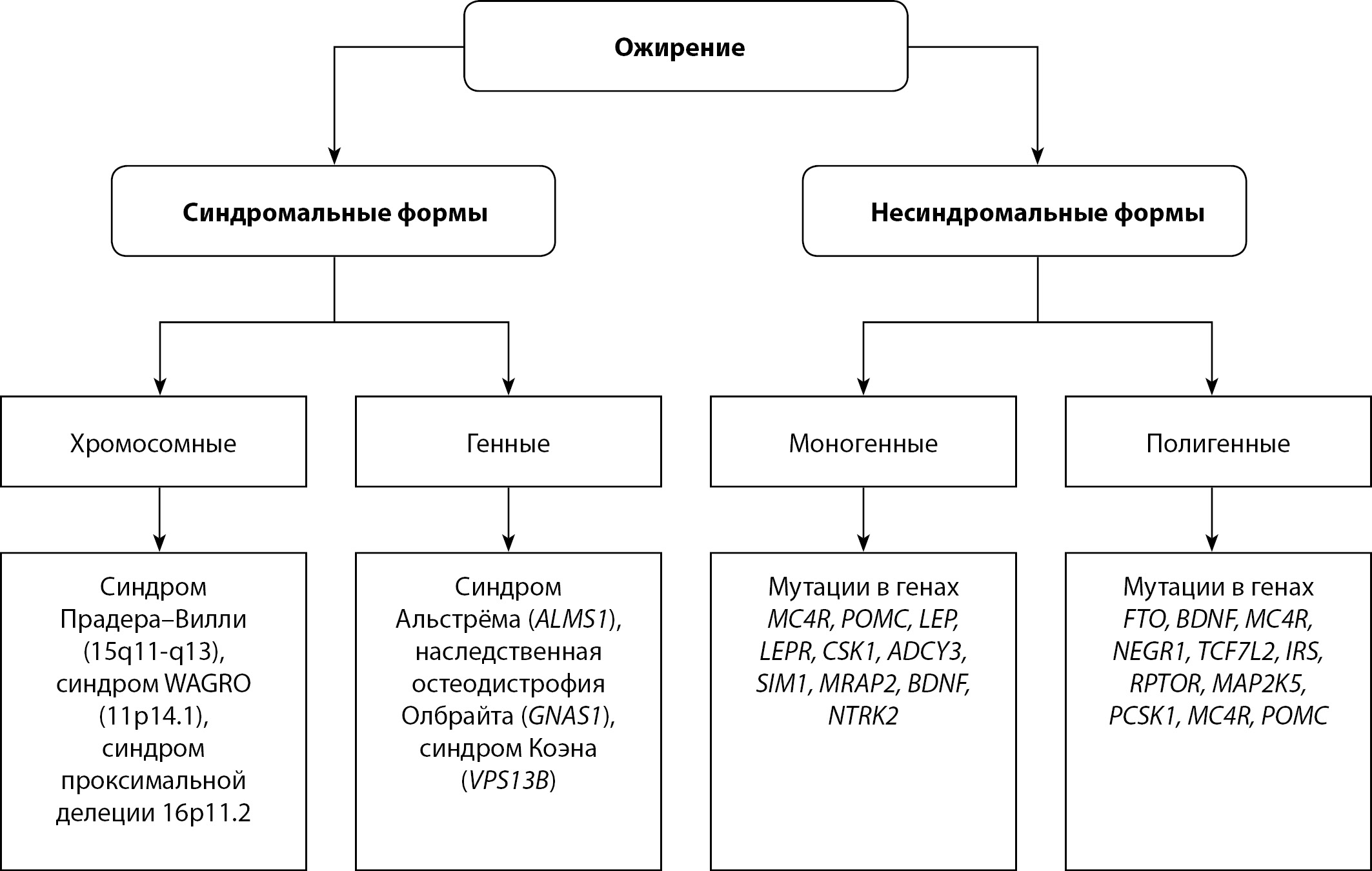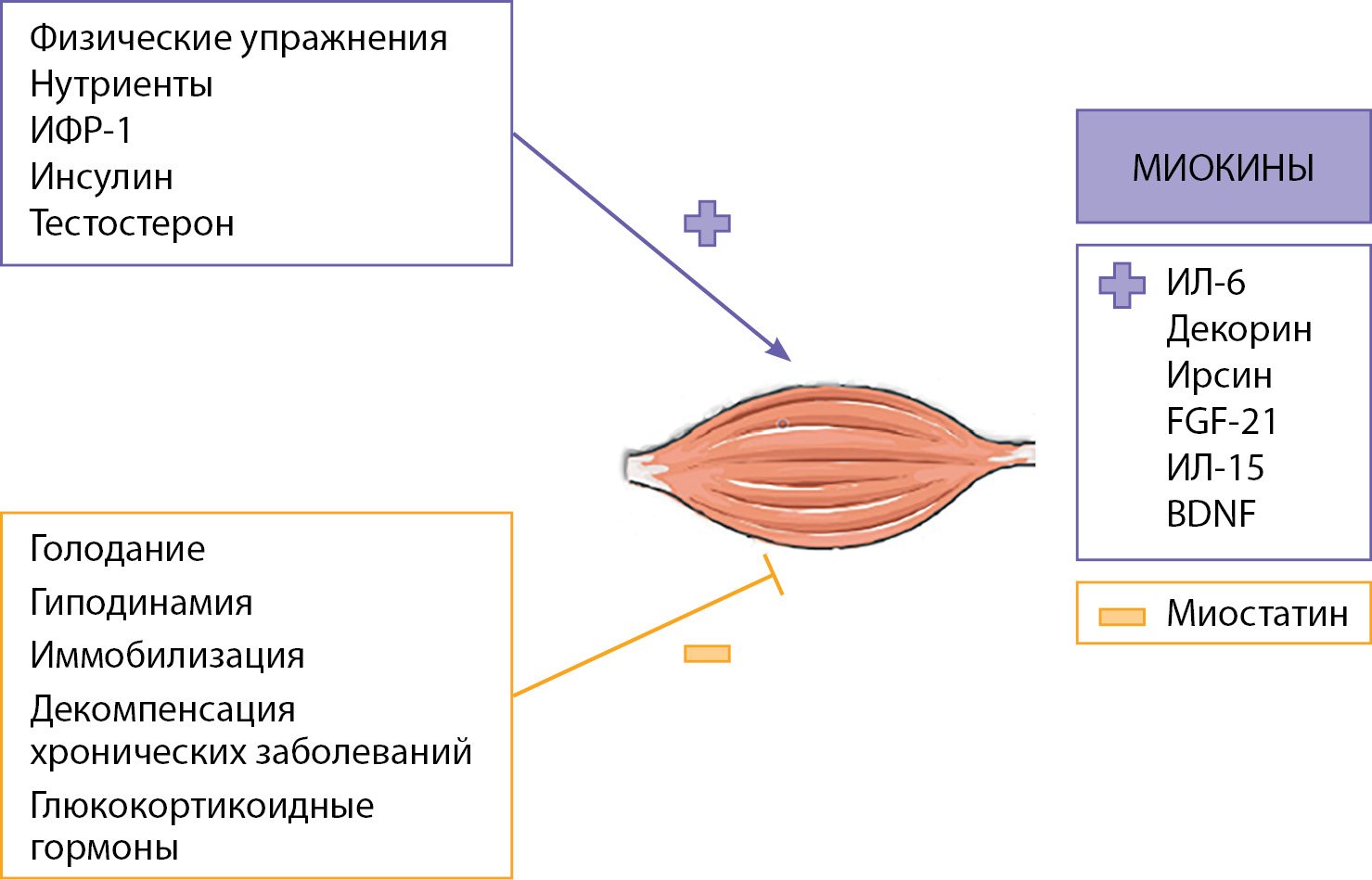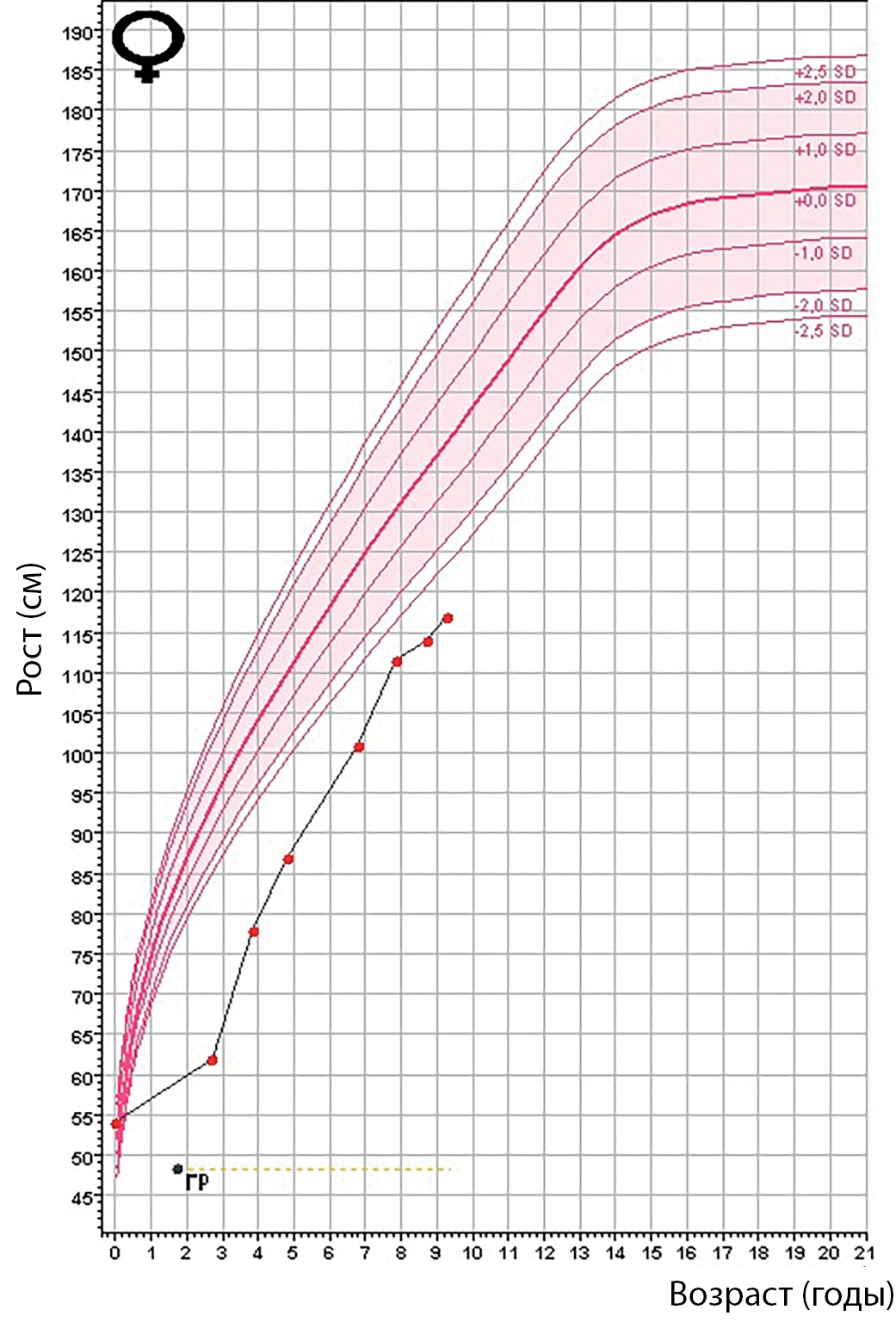Editorial notice
The most important and effective way to organize nationwide the healthcare, as well as monitoring and routing for patients with endocrine diseases, is the creation of an unified medical record (Endocard). The Endocard is also aimed at maximizing the opportunity for professionals and researchers on various scientific issues. Registries are the potential informational and analytical platform to achieve this goal. They include the basic information on the epidemiological and clinical features of the most severe diseases such as diabetes mellitus. Given the lack of large-scale epidemiological data on the parathyroid glands pathology — primary hyperparathyroidism and hypoparathyroidism — the registers of these diseases that collects a common dataset and clinician and patient reported outcomes are of particular interest.
Endocrinology healthcare network and professional education
According to available research, chronic hypoparathyroidism is a relatively rare disease characterized by low serum calcium levels and the absence or deficiency of parathyroid hormone. The chronic course of the disease is associated with the multicomponent medical therapy, careful dynamic monitoring to reduce the risks of various complications in different organs and systems as well as disability and mortality.
The Russian registry of patients with chronic postsurgical and nonsurgical hypoparathyroidism has started its work in 2020, based on data of the Endocrinology Research Centre. The main goals of the Registry are the assessment of the actual prevalence, incidence of hypoparathyroidism, the key epidemiological characteristics, the analysis of the clinical features and medical therapy of chronic hypoparathyroidism in Russian Federation.
This article covers all objectives of this project, the methodology for maintaining the registry of chronic postsurgical and nonsurgical hypoparathyroidism, the analytical possibilities of its use, including the integration of a decision support system designed to help specialists in real clinical practice follow the algorithms for diagnosis and treatment of the disease, approved by clinical guidelines.
The registry of chronic postsurgical and nonsurgical hypoparathyroidism is located on a single platform for the registers of endocrinopathies, regulated by the Endocrinology Research Centre (http://gipopt.clin-reg.ru/).
Carbohidrates metabolism disturbancies
BACKGROUND. Diabetic macular edema (DME) is a microvascular complication of diabetic retinopathy. One of the key roles in the pathogenesis of DME may belong to the components of rennin-angiotensin and kallikrein-kinin systems: bradykinin (Bk) and angiotensin-converting enzyme (ACE).
PURPOSE. To determine the Bk and ACE concentration and ACE activity in serum of patients with proliferative diabetic retinopathy (PDR) and to estimate the significance of these parameters for the early diagnostic and prognosis of DMO.
MATERIALS AND METHODS. Serum was collected from the 2 groups of patients with II type diabetes. Group I (n=9) had DME, group II (n=27) had PDR without DME. Control group (n=14) consisted of adult volonteers without diabetes and ophthalmic diseases. Concentration of Bk and ACE was measured using ELISA kits, ACE activity was determined enzymatically with specific fluorogenic substrate.
RESULTS. Concentration of Bk in serum of patients without DME did not differ from one in controls (12,00 (9,70; 12,40) pg/ml) while all patients with DME had Bk level of 14,69 (13,68; 16,78) pg/ml that was significantly higher (p<0,01). In patients without DME ACE concentration (88,60 (77,30; 97,45) ng/ml) and ACE activity (6,8 (5,1;7,1) nmol/min·ml) were higher than normal (p<0,01) while in the case of DME concentration of ACE increased (77,36 (70,24; 86,29 ng/ml, p<0,01) and activity remained normal. The Bk/ACE concentrations ratio decreased in patients without DME and increased in those having DME.
CONCLUSION. Patients with DME have increased Bk concentration along with nearly normal ACE concentration that indicate predominance of Bk synthesis over its degradation that may lead to the DME development. The Bk/ACE ratio decrease in patients with uncomplicated PDR and increase significantly in ones with DME. It means that determination of Bk in serum of patients with PDR may be used for the prediction of DME development. The Bk/ACE concentrations ratio may be even more informative.
Bones & Adipose tissues diseases
Obesity affects over 700 million people worldwide and its prevalence keeps growing steadily. The problem is particularly relevant due to the increased risk of COVID-19 complications and mortality in obese patients. Obesity prevalence increase is often associated with the influence of environmental and behavioural factors, leading to stigmatization of people with obesity due to beliefs that their problems are caused by poor lifestyle choices. However, hereditary predisposition to obesity has been established, likely polygenic in nature. Morbid obesity can result from rare mutations having a significant effect on energy metabolism and fat deposition, but the majority of patients does not present with monogenic forms. Microbiome low diversity significantly correlates with metabolic disorders (inflammation, insulin resistance), and the success of weight loss (bariatric) surgery. However, data on the long-term consequences of bariatric surgery and changes in the microbiome composition and genetic diversity before and after surgery are currently lacking. In this review, we summarize the results of studies of the genetic characteristics of obesity patients, molecular mechanisms of obesity, contributing to the unfavourable course of coronavirus infection, and the evolution of their microbiome during bariatric surgery, elucidating the mechanisms of disease development and creating opportunities to identify potential new treatment targets and design effective personalized approaches for the diagnosis, management, and prevention of obesity.
Skeletal muscles make up about 25% of the total mass in children and more than 40% in adults. Studies of the last twenty years have shown that along with the main functions, muscle tissue has hormonal activity. It was found that myocytes are able to release signaling molecules-myokines. They act auto-and paracrine within the muscle, and at a high level-through the systemic circulation, carrying out interactions between skeletal muscles and various organs and tissues, such as the liver, bone and adipose tissue, the brain. It is proved that the key factor in the expression of myokines is physical activity, and their level largely depends on physical fitness, the amount of skeletal muscle mass and its composition (the ratio of fast and slow fibers), on the intensity and duration of physical activity. Myokines have a wide range of physiological effects: myostatin suppresses the growth and differentiation of muscle tissue, and decorin, acting as its antagonist, promotes muscle hypertrophy. Interleukin 6 provides an energy substrate for contracting muscle fibers, fibroblast growth factor 21 activates the mechanisms of energy production during fasting and improves tissue sensitivity to insulin; irisin stimulates thermogenesis, glucose uptake by myocytes, and also contributes to an increase in bone mineral density. The study of myokines is one of the key links in understanding the mechanisms underlying obesity and metabolic complications, the consequences of a sedentary lifestyle, as well as the implementation of the action of physical activity. Taking into account the physiological effects of myokines in the body, in the future they can become therapeutic targets for the treatment of these conditions.
Pediatric Endocrinology
Congenital isolated hypogonadotropic hypogonadism includes a group of diseases related to the defects of secretion and action of gonadotropin-releasing hormone (GNRH) and gonadotropins. In a half of cases congenital hypogonadism is associated with an impaired sense of smell. It’s named Kallmann syndrome. Now 40 genes are known to be associated with function of hypothalamus pituitary gland and gonads. Phenotypic features of hypogonadism and therapy effectiveness are related to different molecular defects. However clinical signs may vary even within the same family with the same molecular genetic defect. Genotype phenotype correlation in patients with congenital malformations prioritizes the search for mutations in candidate genes. There are data of significant contribution of oligogenicity into the phenotype of the disease are presented in the review. Moreover, an issue of current isolated hypogonadotropic hypogonadism definition and classification revision is raised in the review due to hypogonadotropic hypogonadism development while there are mutations in genes not associated with GNRH neurons secretion and function.
Congenital hypopituitarism is a rare disease. It can be caused by isolated inborn defects of the pituitary, gene mutations (PROP1, PIT1), and chromosomal abnormalities.
Deletions of chromosome 18 (De Grouchy syndrome types 1 and 2) are a group of rare genetic diseases with a frequency of 1:50,000. Hypopituitarism in these syndromes is detected in from 13 to 56% of cases and depends on the size and location of the deleted segment.
We have described a series of clinical cases of patients with congenital hypopituitarism due to deletions in chromosome 18. All children had a characteristic dysmorphic features and delayed mental and speech development. Within first months of life, patients developed muscular hypotension, dysphagia, and respiratory disorders. The patients had various congenital malformations in combination with hypopituitarism (isolated growth hormone deficiency and multiple pituitaryhormone deficiencies). In the neonatal period, there were the presence of hypoglycemia in combination with cholestasis.
Hormone replacement therapy led to rapid relief of symptoms.
Сhromosomal microarray analysis in 2 patients allowed us to identify exact location of deleted area and deleted genes and optimize further management for them.
Clinical endocrinology
Hypoparathyroidism is a rare disorder characterized by the absent or inappropriately decreased serum parathyroid hormone in the parathyroid glands, which is accompanied by impaired calcium-phosphorus metabolism.
The main etiology of hypoparathyroidism remains damage or removal of the parathyroid glands during neck surgery. In view of the incidence of thyroid cancer, primary hyperparathyroidism and other pathologies of the neck organs, which radical treatment can lead to the parathyroid gland impairment, an increased number of patients with hypoparathyroidism is expected. Autoimmune hypoparathyroidism is the second most common form of the disease, usually occurring as part of type 1 autoimmune polyglandular syndrome. Autoimmune hypoparathyroidism usually occurs in childhood and is characterized by a severe course of the disease, especially in the case of concomitant malabsorption syndrome.
Chronic hypoparathyroidism of any etiology requires lifelong multicomponent therapy, as well as careful monitoring and an individual approach to choose the optimal treatment strategy. In the absence of adequate follow-up, the risks of long-term complications significantly increase, particularly in the renal, cardiovascular systems; in the soft tissues and in the brain, it could lead to visual disturbances; pathology of the musculoskeletal system with a decreased bone remodeling and a potential risk of fractures, as well as to the neurocognitive disorders and an impaired health-related quality of life.
Timely diagnosis, rational medical therapy and management strategy may reduce the risks of short-term and long-term complications, frequency of hospitalizations and disability of patients, as well as improve the prognosis.
This review covers the main issues of Russian guidelines for the management of chronic hypoparathyroidism, approved in 2021, including laboratory and instrumental evaluation, treatment approaches and follow-up. This guidelines also include the recommendations for special groups of patients: with acute hypocalcemia, hypoparathyroidism during pregnancy.
BACKGROUND: The Bryansk region is one of the regions of the Russian Federation most affected by the accident at the Chernobyl nuclear power plant on April 26, 1986.In the conditions of a chronic uncompensated deficiency of iodine in the diet in the first months after the accident, an active seizure of radioactive iodine by the thyroid tissue took place, which inevitably resulted in an increase in thyroid diseases from the population in the future. The article presents the results of a control and epidemiological study carried out in May 2021 by specialists of the National Medical Research Center of Endocrinology of the Ministry of Health of Russia, aimed at assessing the current state of iodine provision in the population of the Bryansk region.
AIM: Assessment of iodine supply of the population of the Bryansk region.
MATERIALS AND METHODS: The research was carried out in secondary schools of three districts of the Bryansk region (Bryansk, Novozybkov and Klintsy).The study included 337 schoolchildren of pre-pubertal age (8–10 years), all children underwent: measurement of height and weight immediately before the doctor’s examination, which included palpation of the thyroid gland (thyroid gland); Thyroid ultrasound using a portable device LOGIQe (China) with a multi-frequency linear transducer 10–15 MHz; determination of iodine concentration in single portions of urine. A qualitative study for the presence of potassium iodate in samples of table salt (n = 344) obtained from households and school canteens was carried out on the spot using the express method.
RESULTS: According to the results of a survey of 337 pre-pubertal children, the median urinary iodine concentration (mCIM) is 98.3 μg / L (range from 91.5 to 111.5 μg / L, the proportion of urine samples with a reduced iodine concentration was 50.1%). According to the ultrasound of the thyroid gland, 17% of the examined children had diffuse goiter, the frequency of which varied from 9.4 to 29% in the areas of study. The share of iodized salt consumed in the families of schoolchildren in the study areas was 17.8% (values range from 15.6 to 19%), which indicates an extremely low level of iodized salt consumption by the population. All salt used for cooking in school canteen areas of the study was iodized, which confirms compliance with the requirements of SanPiN 2.4.5.2409–08.
CONCLUSION: Despite the active implementation in the Bryansk region of various preventive programs of IDD and social activities to promote the use of iodized salt, in the absence of mass prevention with the help of iodized salt to date, their unsatisfactory results should be noted.
Primary hyperparathyroidism (PHPT) is an endocrine disorder of parathyroid glands characterized by excessive secretion of parathyroid hormone (PTH) with an upper normal or elevated blood calcium level. Classical PHPT refers to a symptomatic, multi-system disorder, wich can lead to a significant decrease in the quality of life, disability of patients, and even an increased risk of premature death. Hypercalcemia and the catabolic effect of PTH on various cells are considered as the main pathogenetic mechanisms of the PHPT associated complications. In the last two decades, there has been an increase in the incidence of PHPT, mainly due to the mild forms of the disease, primarily due to the routine calcium screening in North America, Western Europe and, Asia. High prevalence of the disease, as well as the variety of clinical manifestations, cause the attention of different specialists - physicians, rheumatologists, urologists, nephrologists, cardiologists and other doctors. This review cover the main issues of Russian guidelines for the management of PHPT, approved in 2020, including laboratory and instrumental methods, differential diagnosis, surgical and conservative approach, short-term and long-term follow-up. This guidelines also include the recommendations for special groups of patients with hereditary forms of PHPT, parathyroid carcinoma, PHPT during pregnancy.

This work is licensed under a Creative Commons Attribution-NonCommercial-NoDerivatives 4.0 International License (CC BY-NC-ND 4.0).
ISSN 2308-1430 (Online)















































.jpg)


